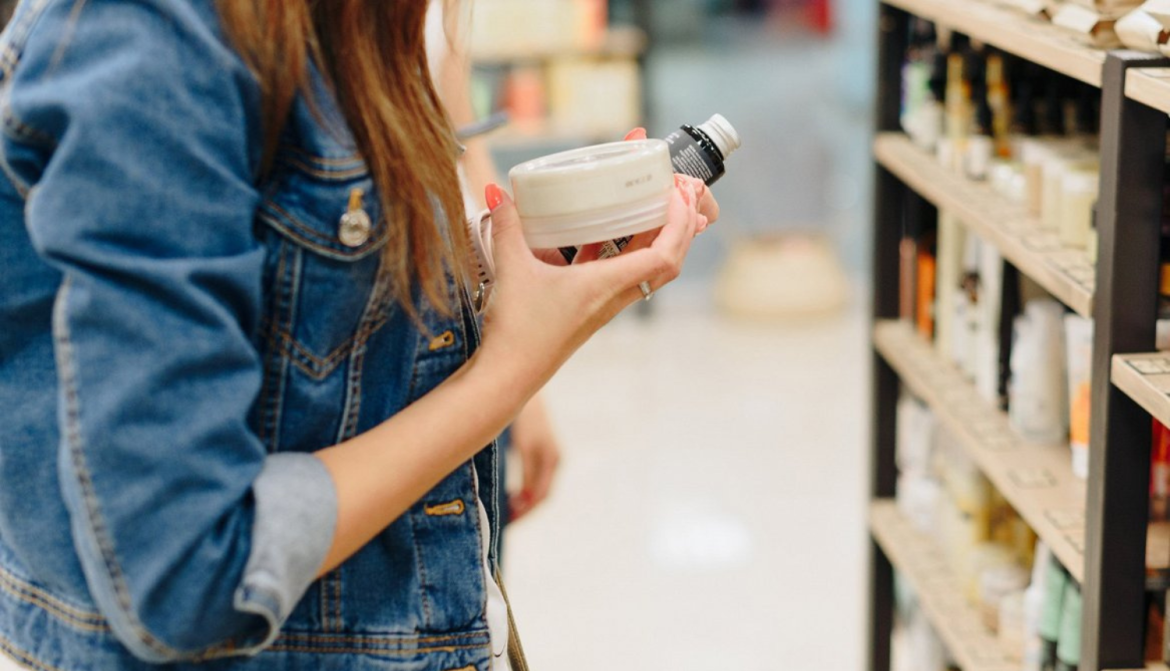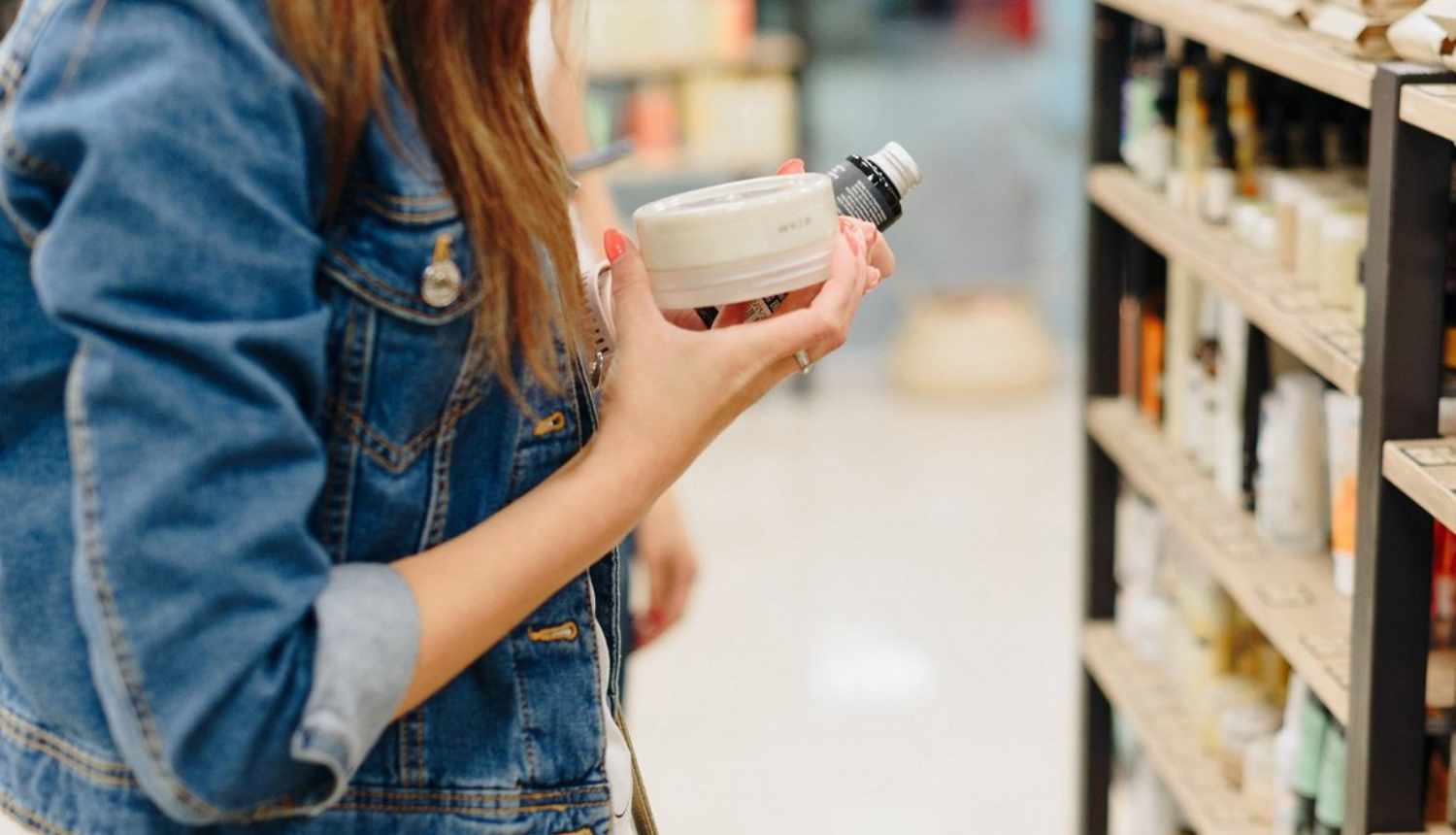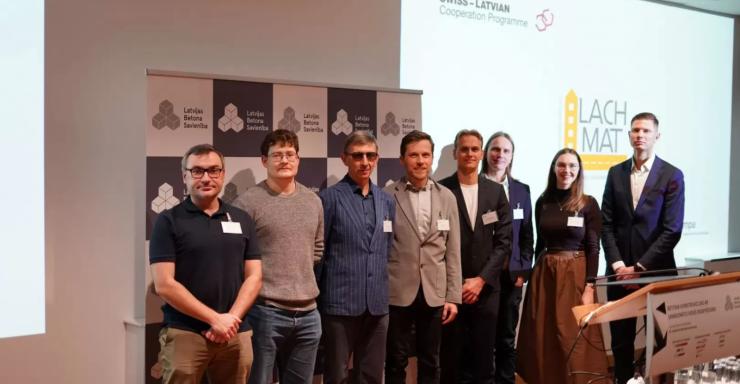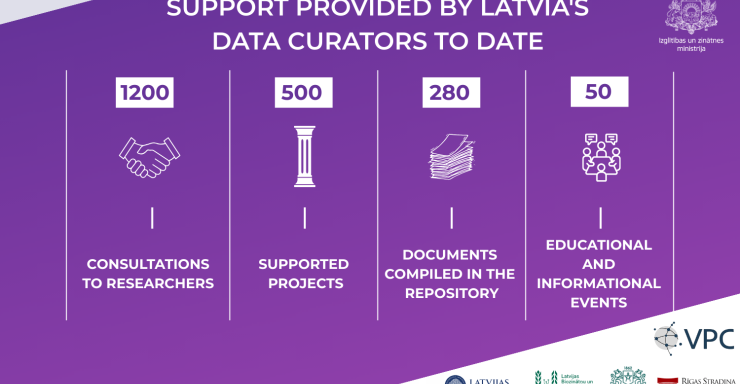Chemicals today are present everywhere - not only in manufacturing plants, but also in our homes, food, air, clothing, and cosmetics. They often provide convenience, such as extending product shelf life, adding a pleasant fragrance, or improving material durability. However, behind these advantages can hide long-term health risks – some substances accumulate in the body or affect its systems before we are even aware of their presence. Some of these substances are excreted, but can still have short-term effects on various organ systems: the hormonal system, fertility, the nervous system, or immunity. Many of these substances are still being studied, including in Latvia. Researchers from Rīga Stradiņš University (RSU) involved in a biomonitoring study explain where these substances are found in everyday life, how they may affect health, and what we can do to reduce their unwanted impact.

Chemicals in everyday life – where are they hiding?
One of the main ways chemicals enter the human body is through food. Our plates can contain much more than just nutrients.
For example, acrylamide – a substance formed when frying potatoes, grain products, or roasting coffee at high temperatures – is potentially carcinogenic. It cannot be smelled or seen, but its presence in food has already been proven.
Similarly, industrially processed food may contain phthalates and bisphenol A (BPA) – components of plastics that can migrate from packaging or can linings into food and affect the hormonal system, particularly disrupting the action of estrogen and androgen sex hormones as well as thyroid hormone balance.
Pesticide residues are also essential to consider. They remain on fruits, vegetables, and grains after agricultural treatment. Food sample analyses in Latvia show that most foods contain pesticide residues below established limits, but it must be remembered that these substances are often ingested daily and in various combinations. Limit values are usually determined based on the effects of individual substances, but in real life, people are exposed to multiple substances simultaneously over long periods. This combined and chronic exposure may pose additional risks that are difficult to assess by looking only at the concentration of individual substances.
Furthermore, pesticides often act as endocrine disruptors, affecting hormonal function, development, and fertility.
Some substances in food come not from cultivation or production but from the environment – for example, heavy metals such as arsenic, mercury, or lead can accumulate in fish, grains, or dairy products. The Food and Veterinary Service has previously warned that meat from older game animals, especially organ meats, may contain elevated levels of lead and cadmium, as these heavy metals accumulate in the body over time and can then also enter the human body. This clearly shows that heavy metals – lead and cadmium – are not limited to the food production chain but can also accumulate in the environment and reach humans, for example, if meat is not thoroughly tested. Similarly, polychlorinated biphenyls (PCBs) and polybrominated diphenyl ethers (PBDEs) can enter our food from contaminated soil or water. These substances are persistent organic pollutants formerly widely used as flame retardants and in electronics. Although their use in the European Union is restricted or banned, they are still present in the environment, persisting in soil, water bodies, and sediments, from where they can accumulate in fish, dairy products, or other animal-derived foods, and enter the human body through diet.
But chemicals are found not only in food. They are also present in our daily environment - in cleaning products, cosmetics, clothing, on various surfaces, and in packaging. For example, PFAS (per- and polyfluoroalkyl substances), which give fabrics and packaging water- and grease-resistant properties, are so persistent that they are called "forever chemicals." They accumulate in both the environment and the human body and can affect immunity, liver function, and cholesterol levels. PFAS are often found in non-stick pans, waterproof clothing, fast-food packaging, and even dental floss.
Another invisible source of pollution is fragrances found in cosmetics, laundry detergents, and air fresheners. Some of these substances can react with air to form irritating or toxic compounds. Likewise, polycyclic aromatic hydrocarbons (PAHs), produced when burning organic matter (such as firewood or grilling food), can be inhaled or deposited on the skin.
Many people assume that the home environment is safe, yet household dust can contain a cocktail of chemicals, from phthalates released from plastics to PBDEs used as flame retardants in furniture or electronics. Young children, who spend more time on the floor, are particularly exposed to these substances.
Overall, chemicals are all around us in daily life. And even if the concentration of each product is small, the effects can add up over time. That's why it is so important to understand where they are found, how they act, and how we can reduce their impact through our choices.
What happens in the human body: what biomonitoring shows
Although in daily life we only see product labels and instructions for use, a much more important question is - what of all this ends up in our bodies? The answer is provided by human biomonitoring – a method that can detect the presence of various chemicals in human blood, urine, or other biological samples. This approach gives a real, rather than theoretical, picture of which substances and in what concentrations are actually in the body.
In Latvia, biomonitoring data have so far been limited, but in recent years the situation has been changing. The RSU-led HBM4LV project, within which a human biomonitoring program will be established in Latvia, is an essential step toward finding out the extent to which Latvians are exposed to various chemicals. As part of this study, blood and urine samples are analysed from adults, along with information about their lifestyle, diet, household habits, and contact with chemicals, to identify possible sources of exposure.
These data help researchers understand potential sources – for example, PFAS in the blood may be linked to waterproof clothing, frying pans, or fast-food packaging. International studies show that phthalates and BPA are often found in human urine samples, with higher concentrations among people who regularly consume packaged, processed foods, eat from cans or plastic containers, or heat food in plastic containers in microwaves. These substances can migrate from packaging into food, especially when containers are scratched or exposed to heat. Meanwhile, pesticide residues in the body reveal information about how often a person eats vegetables or fruit, whether they are washed, or if they come from organic farms.
Previous studies in Latvia have already found breakdown products of pesticides, heavy metals, and plastic components in some people's bodies, even if they were not consciously exposed to them.
This means that the presence of chemicals in us is linked not only to individual habits but also to environmental pollution and systemic factors.
Biomonitoring raises essential questions: Do current regulatory limits truly protect our health? Which substances should be added to monitoring lists? How can each of us reduce unwanted exposure in our lives? These questions are becoming increasingly urgent as an increasing number of substances enter the market, while their long-term effects on human health are still being studied.
What we can do: practical steps in daily life
Although some chemicals in our environment are almost unavoidable, this does not mean we are powerless. Our daily choices matter greatly – they can help reduce the amount of unwanted substances we take in through food, air, cosmetics, or other household products. The key is awareness – if we know where to look for potential risks, we can make more intelligent choices.
Food: simpler and more natural = better
- Choose less processed products – the fewer ingredients and industrial processing, the lower the chances of chemical additives.
- Whenever possible, choose organically grown fruits, vegetables, and grains. These usually contain fewer pesticide residues.
- Wash fruits and vegetables thoroughly to reduce pesticide residues, and peel them if possible.
- Reduce consumption of canned and packaged foods, especially those in plastic or metal cans with internal coatings – these may contain BPA or phthalates.
Household: less fragrance, more transparency
- Choose simple cleaning products without fragrances or dyes. Often, less "aromatic" products are also safer.
- Reduce the use of air fresheners, scented candles, and aerosol sprays – they often contain volatile compounds that can irritate the respiratory tract or affect the endocrine system.
- Be careful with non-stick cookware – often pans, pots, or baking trays with Teflon or other PFAS coatings. Scratched coatings can release chemicals into food. If possible, choose stainless steel or glass.
Cosmetics: less is more
Read ingredient labels – avoid products with complex, vague, or overly simplified chemical names that make it hard to identify the substance and assess its potential health effects.
- For example, phthalates may be hidden under the term "parfum," while triclosan may appear as "preservatives."
- Choose products with the shortest possible ingredient lists. Remember – natural does not always mean safe, but simplicity is often a value.
Environment and habits
- Regularly clean household dust, especially in areas where children spend time. Dust can contain PBDEs, microplastics, and other chemicals.
- Ventilate rooms regularly to reduce indoor pollution.
- Reduce plastic packaging use, as some chemicals migrate into food, especially when heated.
Regular handwashing – a simple but essential habit
- Handwashing is not just about hygiene – it's one of the simplest ways to reduce contact with chemicals that end up on the skin from the surrounding environment. Dust in homes, workplaces, or public spaces can contain plastic softeners (phthalates), flame retardants (PBDEs), pesticide residues, or heavy metals. Once on the hands, these substances can easily be ingested accidentally.
It is advisable to wash your hands:
- After cleaning the house or dusting.
- Before eating or cooking.
- After contact with plastic packaging, cleaning agents, or cosmetics.
- After exercising in a gym where vinyl or rubber surfaces are often used, as these may contain phthalates and other chemicals.
- After playing with children or pets on the floor or carpet.
- Choose gentle handwashing products without added fragrances or antibacterial components such as triclosan, which can affect hormonal balance. Regular but gentle handwashing can significantly reduce daily exposure to pollutants, especially for children.
- Although not everything can be controlled, our habits determine much of our chemical exposure. Small changes can have a big effect, particularly in the long term, benefiting both our health and the environment.
Get involved: How to participate in the study and support science
We often hear that "more research is needed," but rarely are we allowed to participate ourselves. Right now in Latvia, the study "Development of the Latvian Human Biomonitoring Programme – HBM4LV" is underway, giving every resident the chance to become part of an essential scientific initiative. This program aims to assess the presence of chemical substances in the bodies of Latvian residents and provides a foundation for better environmental and health policies in the future.
Participation is easy - simply register here. After signing up, participants are asked to fill out an informed consent form, a questionnaire about dietary habits, household practices, and the use of various products. Then, participants are invited to provide blood and urine samples, which will be analysed in certified laboratories to detect the presence of different substances.
Participation in the study is anonymous and safe. Each participant has the opportunity to learn about their chemical exposure, for example, whether residues of pesticides, PFAS, heavy metals, phthalates, or other substances are present in their body. Moreover, these data help researchers understand the broader picture - how the presence of these substances is related to diet, place of residence, age, or gender.
Most importantly, this information benefits not only individual health but also public health. Only by knowing which substances affect us and where they come from can effective laws, restrictions, and recommendations be developed. The more people participate, the more accurate and valuable the results will be.
By the end of the year, the first data from the human biomonitoring research conducted by the RSU Institute of Occupational Safety and Environmental Health will be available, showing which chemical substances are found in the bodies of Latvian residents.


